The 5 vital principles to reverse a fatty liver
If you have been diagnosed with a fatty liver it is vital that you take a pro-active approach, otherwise the condition will progress and your liver function will deteriorate.
Fatty liver is closely associated with Syndrome X (insulin resistance) and an increased risk of type 2 diabetes.
Luckily fatty liver disease is reversible; the liver is able to repair itself and fatty deposits can be removed from within it. The eating principles described below will help to reverse a fatty liver and also help you lose weight and reduce your risk of type 2 diabetes.
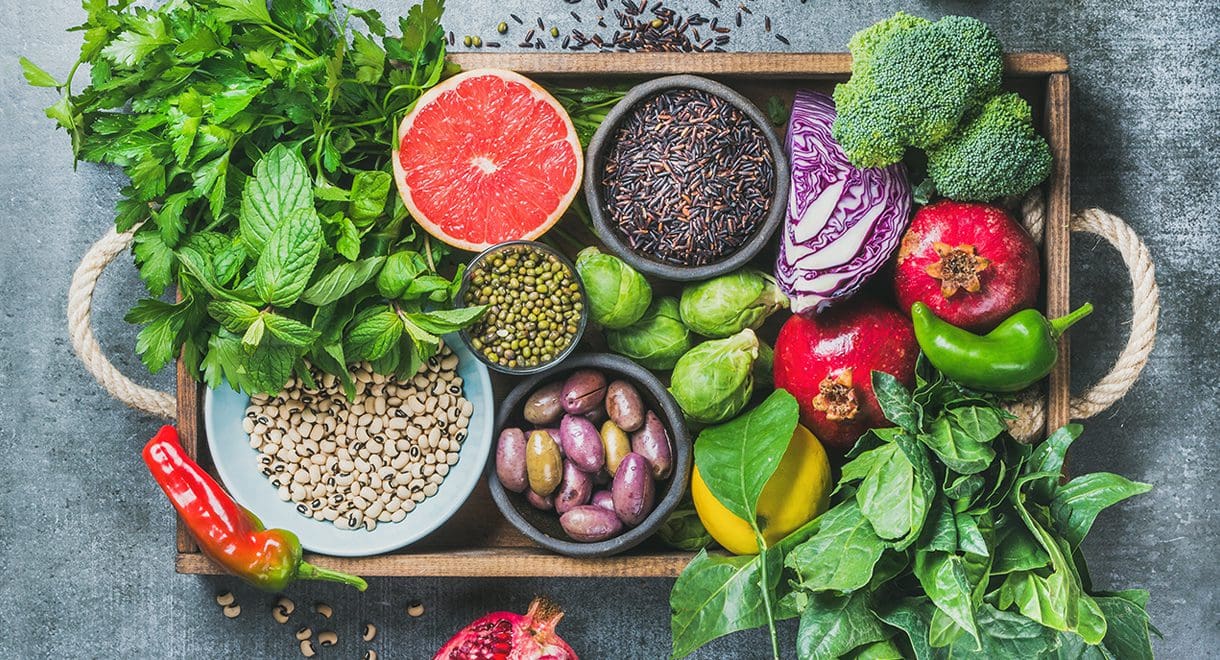
1. Follow a low carbohydrate diet
This means avoid sugar and foods containing added sugar. You must also greatly reduce your intake of grains and cereals (wheat, rye, oats, barley, corn, rice) and starchy vegetables (potatoes). Carbohydrate rich foods raise blood sugar and insulin levels and increase the deposition of fat inside the liver. There is plenty of carbohydrate and fibre in vegetables, fruit, legumes, nuts and seeds. Grains and cereals are not an essential part of the diet.
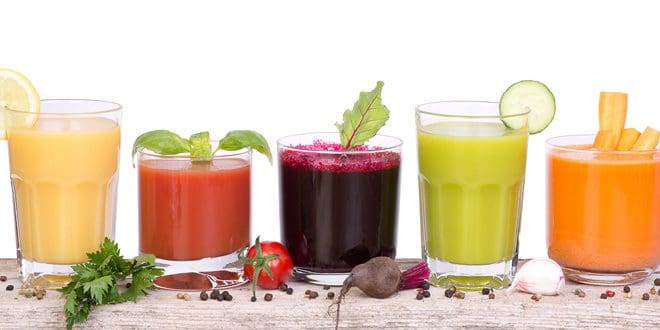
2. Increase the amount of raw plant food in your diet
Raw vegetables and fruits are the most powerful liver healing foods. They help to cleanse and repair the liver filter, so that it can trap and remove more fat and toxins from the bloodstream. Eat seven servings of vegetables each day (both raw and cooked) and two servings of fruit. An example of a serving size is one apple or half a cup of raw salad vegetables.
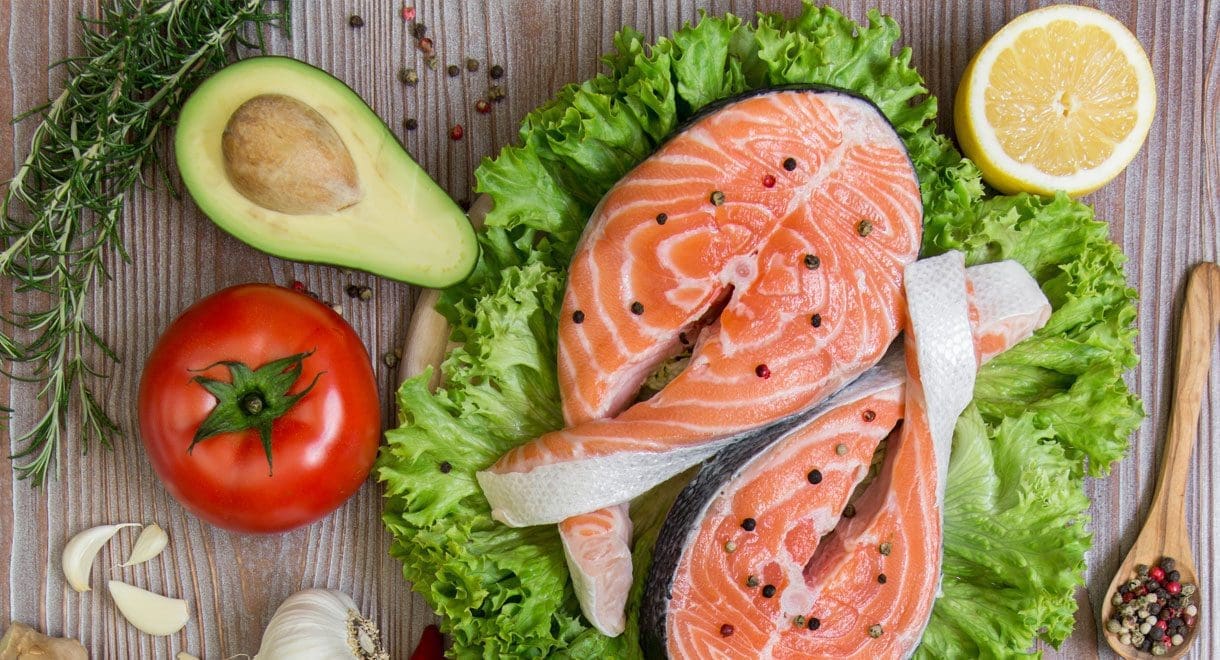
3. Eat protein with every meal
Good sources of protein include eggs, fish, poultry and lean red meat. These foods would preferably be free range or organic. Fresh and canned fish are both acceptable (avoid smoked or fried fish). Whey protein powder, unflavoured acidophilus yoghurt and certain cheeses such as feta, cottage, ricotta, parmesan and pecorino are also a good source of protein. If you are vegetarian you can combine legumes, raw nuts and seeds together at the one meal to obtain sufficient protein. Consuming protein at each meal helps to reduce hunger and cravings.
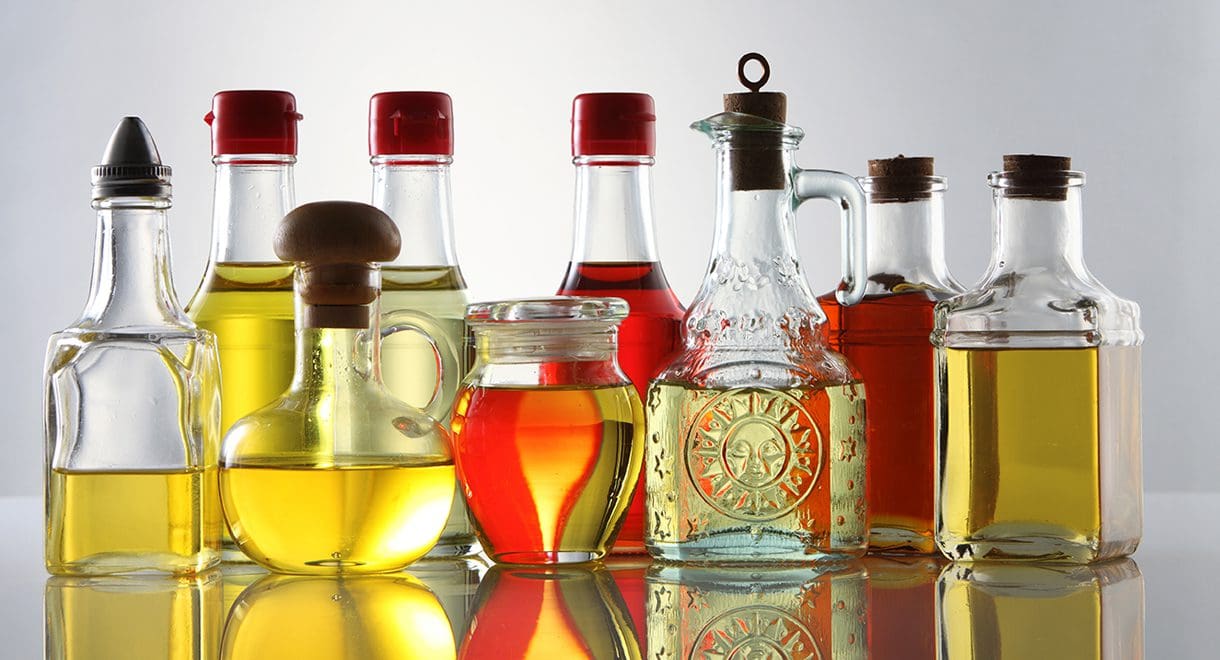
4. Eat the right fats
Avoid all deep fried food, very fatty meat, preserved meat, partially hydrogenated vegetable oil, margarine and cheap cooking oil. The healthiest oils to include in your diet are extra virgin olive oil, cold pressed macadamia oil and cold pressed coconut oil. Beneficial fats are also found in avocados, deep sea fish, raw nuts and seeds.
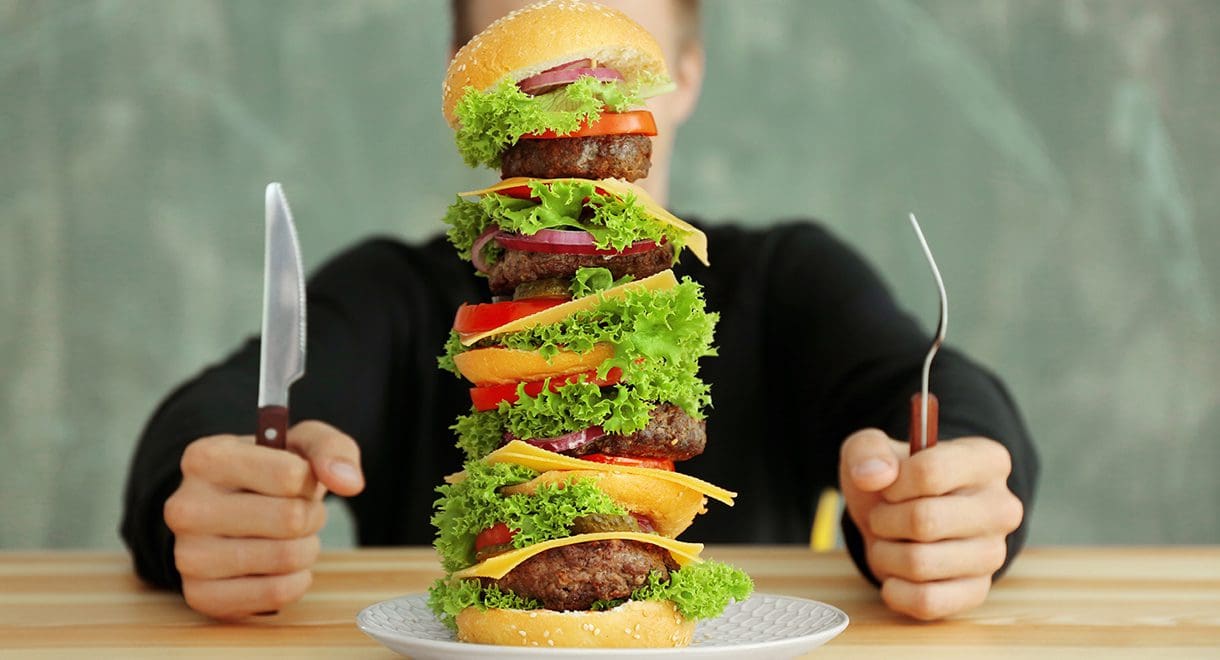
5. Avoid huge meal sizes
Do not eat very large meals, as this overworks your digestive tract and puts a huge strain on the liver. Overeating promotes heartburn, reflux and bloated tummies.
With the right dietary modifications, fatty liver can successfully be reversed.
Remember that it generally takes quite some time to get a fatty liver, so it might take a little while to get your liver back to its healthy best – stay focused and remember how important a healthy liver is to your health and wellbeing.


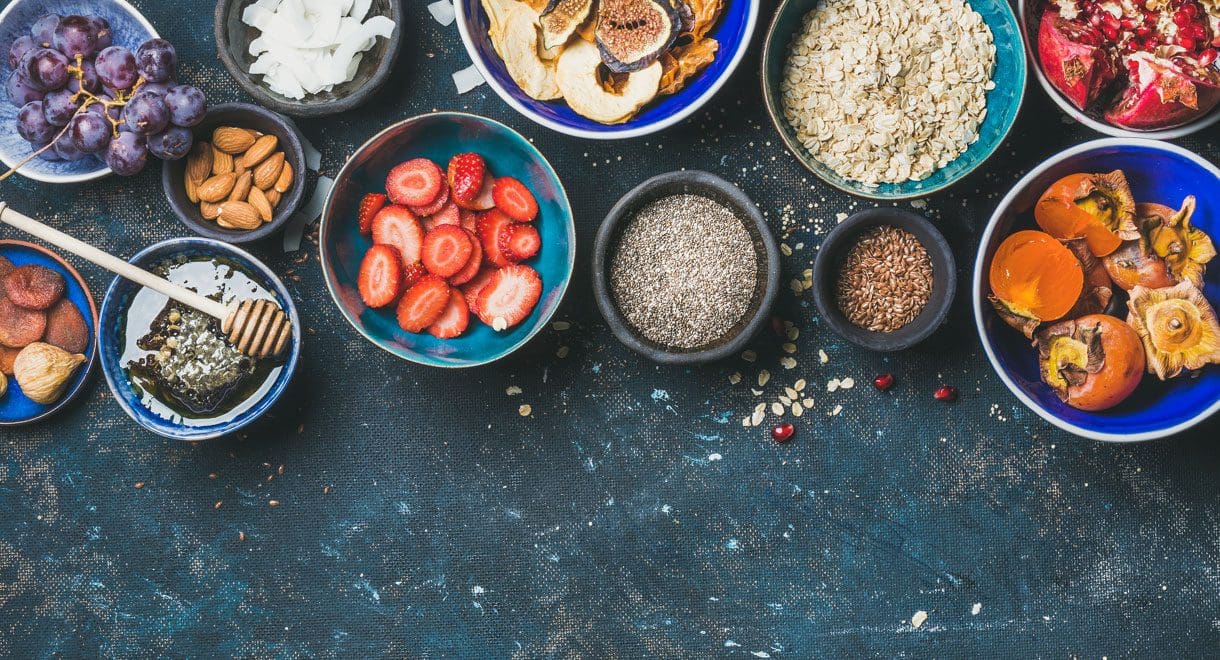


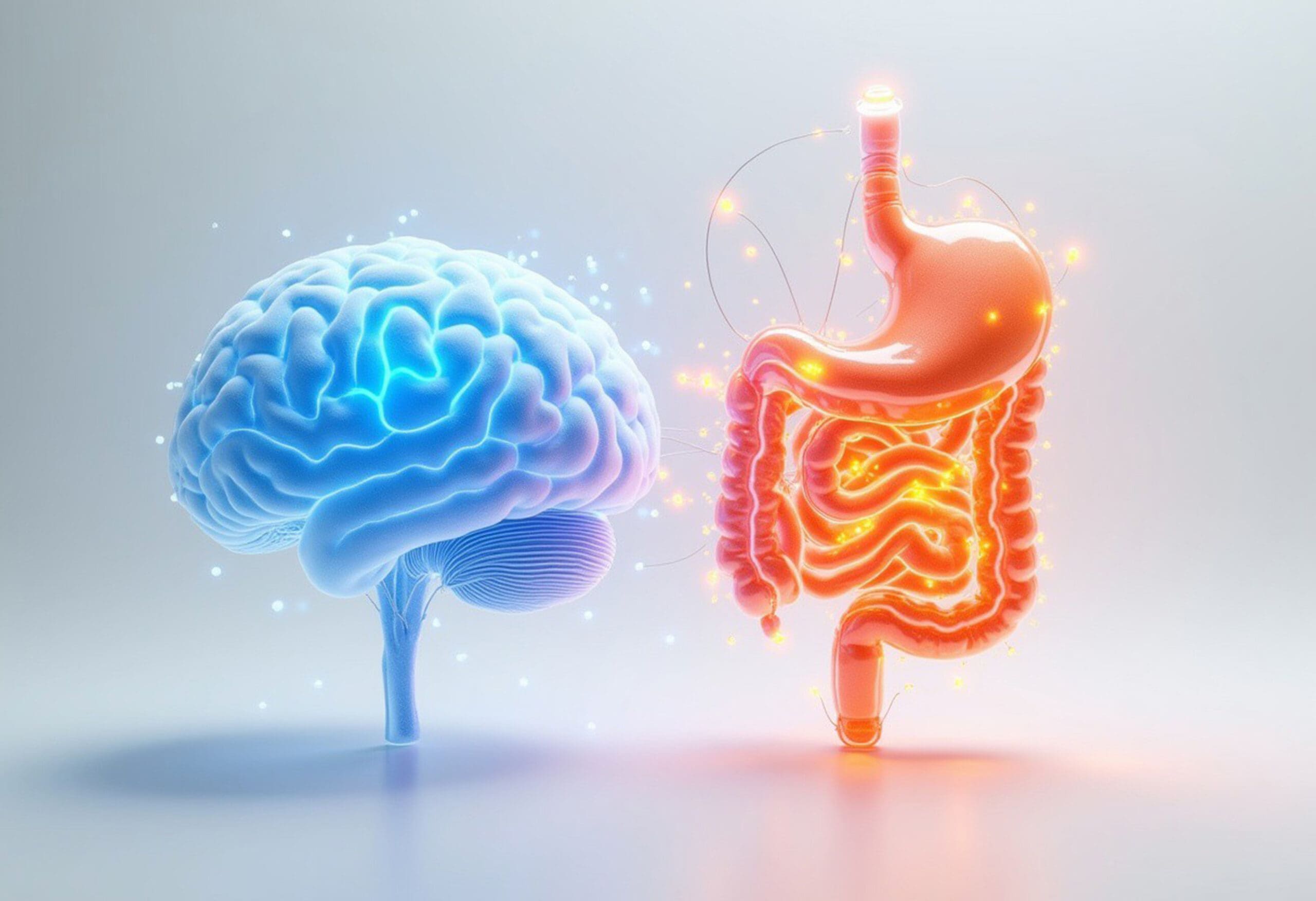
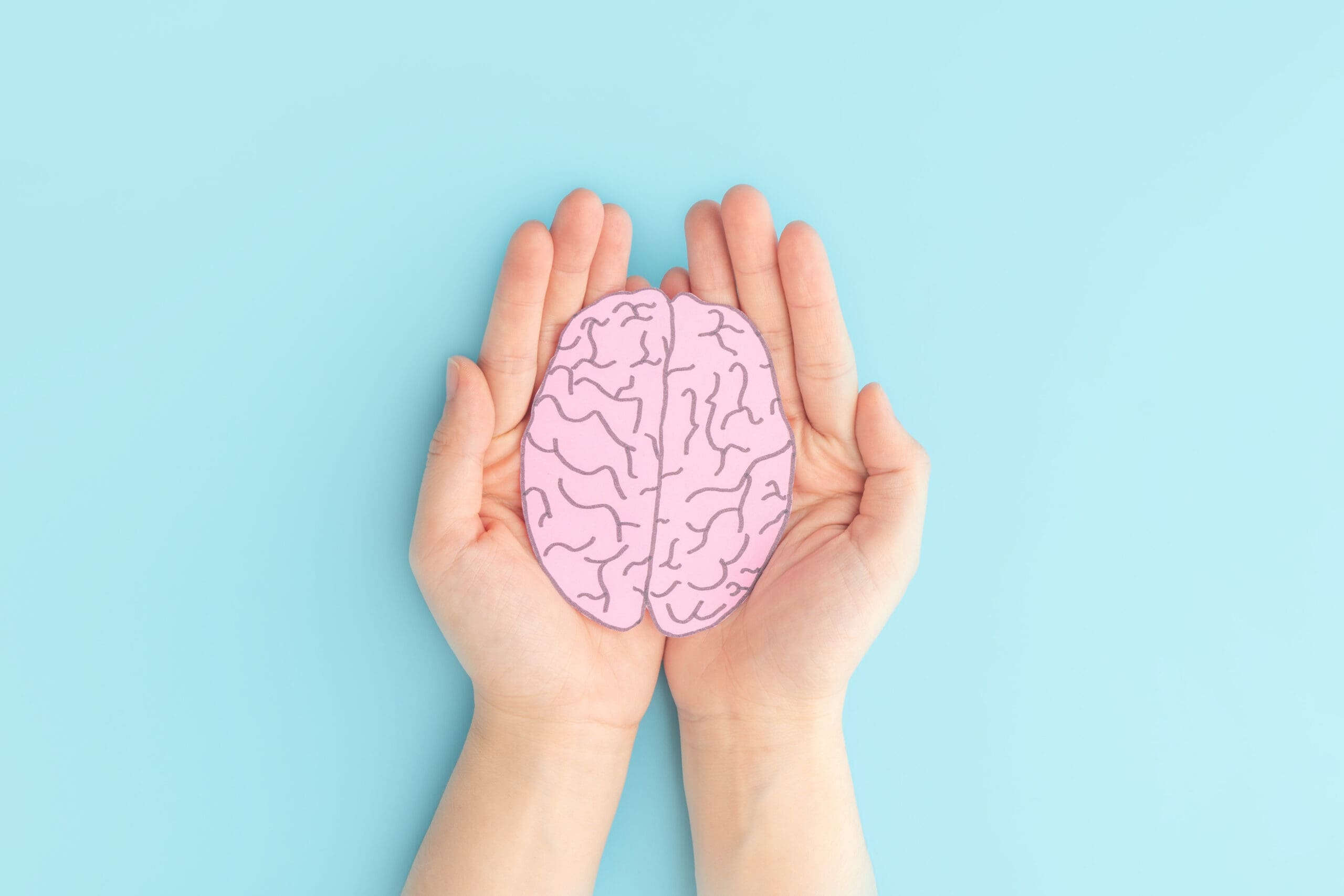
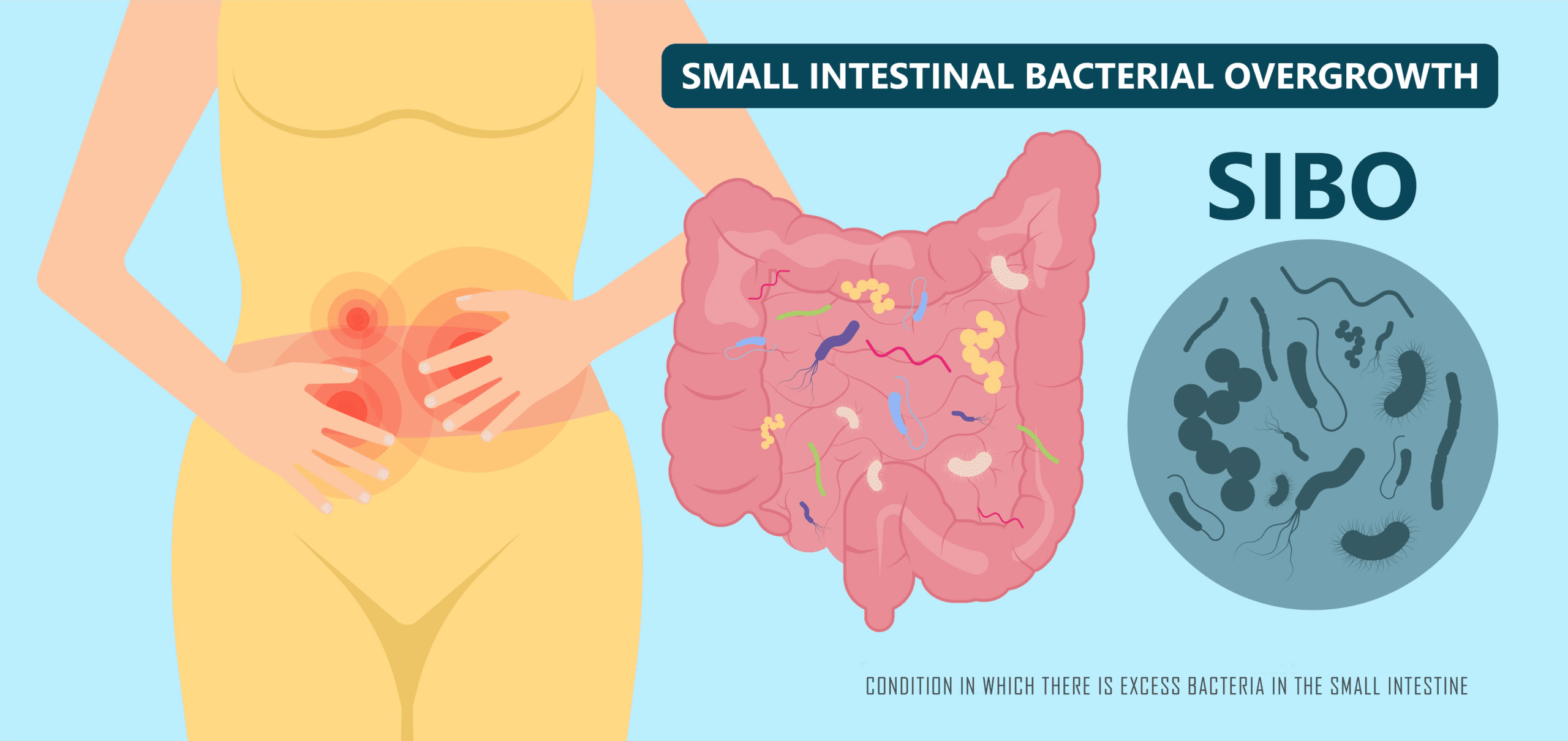
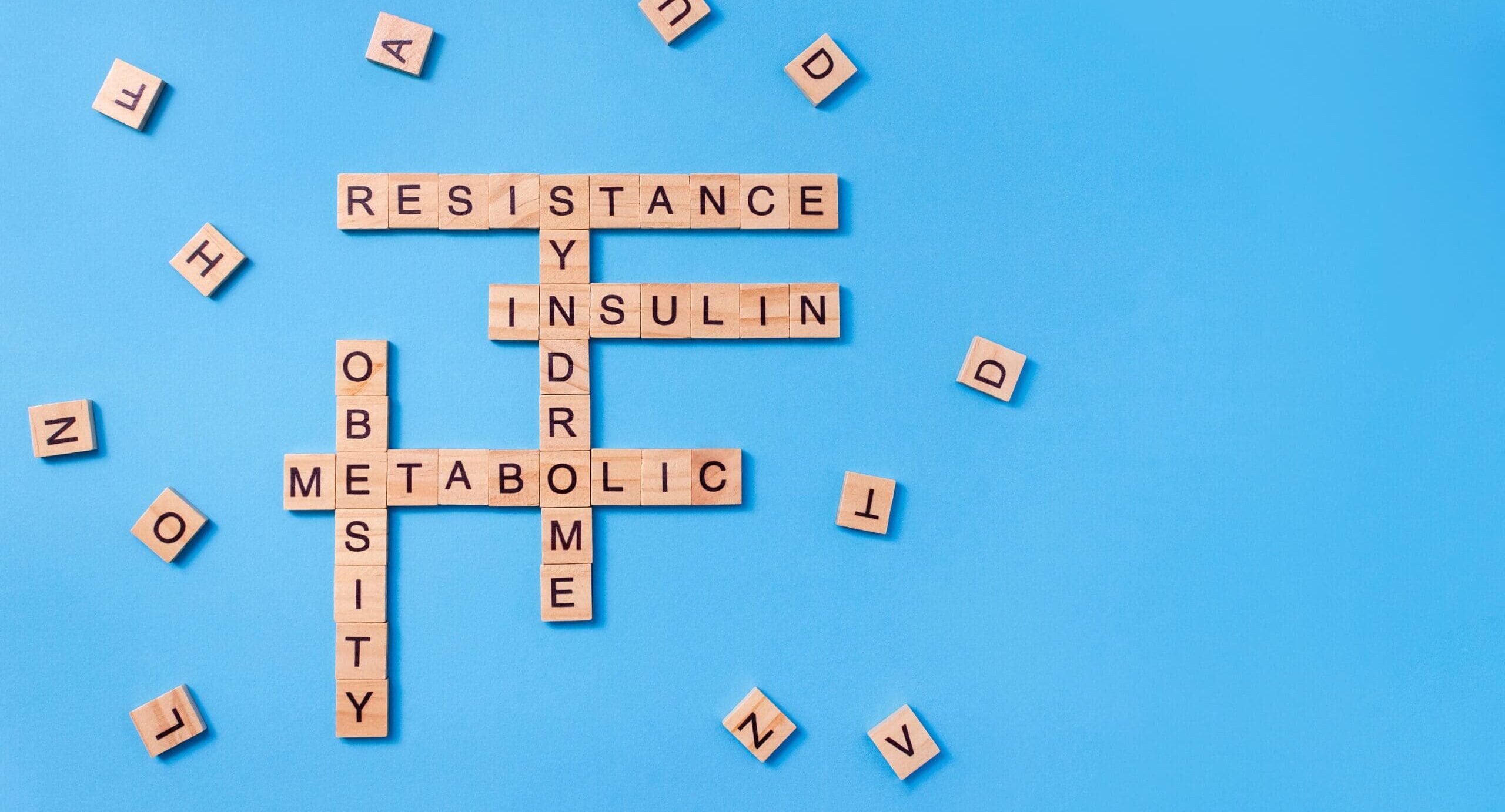
Thank you for your help , can I have oatmeal half a cup or one slice of whole wheat bread with sugar free jelly .I also have type 2.
Hi Deborah,
If you have Fatty Liver and T2D you would benefit from reducing your carbohydrate consumption. Whilst wholemeal bread is better than white, it still spikes sugar and can contribute to fatty infiltration in the liver. The Protein Bread Co have a great low carb, high protein bread mix that would be a better alternative. Oats are ok, you can add things like chia seeds, flax seeds, walnuts etc to make it even healthier. Dr Cabot’s books on Fatty Liver and Diabetes have eating plans in them:
https://shop.cabothealth.com.au/diabetes-type-2-you-can-reverse-it-naturally
https://shop.cabothealth.com.au/fatty-liver-you-can-reverse-it
just got told i have a bad fatty liver where do i start
Hi Julie,
We suggest getting a copy of Dr Cabot’s book Fatty Liver You Can Reverse It and following the principles in it:
https://shop.cabothealth.com.au/fatty-liver-you-can-reverse-it
Taking a liver tonic like Livatone Plus would also be beneficial to support liver health and healing.
https://shop.cabothealth.com.au/livatone-plus-120-caps
didnt know u could eat oats thought they were loaded carbs
The article says to reduce oats. They are ok for most people but when you have a fatty liver you need to greatly reduce your carbohydrate intake.
Is fasting good or bad for nafld? Im trying to lose weight as soon as humanly possible to get my health in check; it is of upmost urgency. Im a 19 year old 273 pound, 5”7 female. I’ve lost 35 pounds so far and thankfully fatty liver disease is the only big issue im dealing with right now. That being said I’m at the very edge of it being irreversible. I really need some advice. I have very poor self restraint when it comes to food. I often relapse…Do you have any advice for that as well?
Hi Kat,
That’s fantastic that you have lost so much weight and have decided to make positive changes to reverse your fatty liver.
Fasting can definitely be beneficial. Fasting from 8pm at night until 12pm the next day is a good way to do it. In saying that, fasting does not work for everyone and if you likely to binge eat for the rest of the day then this wont be helpful, you would be better off having a healthy breakfast like eggs.
It is important to follow a low carbohydrate diet and to eat plenty of protein and healthy fats to fill you up. Synd X protein powder works well as a snack between meals to curb cravings and keep you full.
Tyrosine can also be very helpful as it works on the reward centre of the brain and can help reduce cravings.
It is also important to exercise.
We recommend you take Livatone Plus capsules, 2 twice daily to support liver repair and follow the dietary advice in Dr Cabot’s book Fatty Liver You Can Reverse It.
All the best,
Louise
I was recently diagnosed with NAFLD with Gallbladder polyp and huge meals are what triggers my symptoms. So I spread out my meals and munch on nuts and fruits in between. When it comes to supplementing for liver support, I have read about Milk Thistle are one of the top recommended supplement. But I am a bit concerned with supplementing because of the malfunctioning liver. How long can you take supplement and does having break from it helps?
Hi Maria,
Milk thistle has been shown to support liver repair and to protect the liver from further damage. As you have a fatty liver, taking a supplement with containing milk thistle and other supporting nutrients such as those contained in Livatone Plus can be beneficial. Livatone Plus is safe for most people to take long term and a break is not usually required. It can take 6-12 months of following a liver-friendly diet/ lifestyle to reverse a fatty liver.
Kind regards,
Louise
What about eat some blue cheese with fatty liver desease? It is good or bad idea?
Hi Frederick,
Blue cheese is perfectly fine
Reducing your intake of high carbohydrate and processed foods is most important.
Kind regards,
Louise
I am wanting to make stuffed capsicums with brown rice, black beans and lean mince. Is it okay to use low fat ricotta cheese to bake over the top?
Hi Cait,
That sounds delicious! Yes, ricotta is fine. You don’t have to use low-fat.
Kind regards,
Louise
Will this diet help with cirrhosis of the liver? Or is there no help when it gets to this point?
Hi Kenneth,
It is vital to follow a liver-friendly diet to stop the cirrhosis progressing any further.
See this information on cirrhosis:
All the best,
Louise
Hi there, I own the Liver Cleansing Diet book by Dr Sandra Cabot and she mentions that we shouldn’t have diary. I know the book is over a decade old so I’m wondering, have things changed because someone mentioned ricotta. Can diary now be included?
Kind regards,
Margaret
Hi Margaret, in the first stage of the diet it would be ideal to avoid diary as many people have an underlying intolerance and don’t realise!
After that you could include some dairy like ricotta, feta, Greek yoghurt and see how you go
Kind regards,
Louise
Hi Louise, I am about to start the 15 days cleanse. Am I allowed to have gluten free bread?
Hi Nicole,
Ideally you would avoid all processed foods, including gluten free bread but if you needed to have bread, gluten free is definitely the better option whilst on the Cleanse.
The bread mixed from this website are a fantastic, healthy alternative:
Kind regards,
Louise
Hi, I’ve got a fatty liver and was doing low carb and losing weight. I’ve been put on a low dose BP medication which I thought was giving me really itchy skinas thats a common side affect. But i’ve gone off the medication for a week and I’m still itchy. Maybe it’s my liver as I’ve been eating more carbs now and put weight back on as itas been cold and i’ve been under stress at work and study. Does the medication still stay in your system for a while?
Hi Erica,
There are many factors that can effect the clearance of medication so it is possible that you are still clearing it out. It’s a journey!
It’s a journey!
If you’ve got a fatty liver then that can also cause itchy skin / rashes.
Magnesium and Tyrosine are great support for reducing stress.
Livatone Plus will help to improve your liver health.
Following a low carb diet and avoiding alcohol really is imperative to reversing your fatty liver. Just start making healthy choices and you’ll get there
Kind regards,
Louise